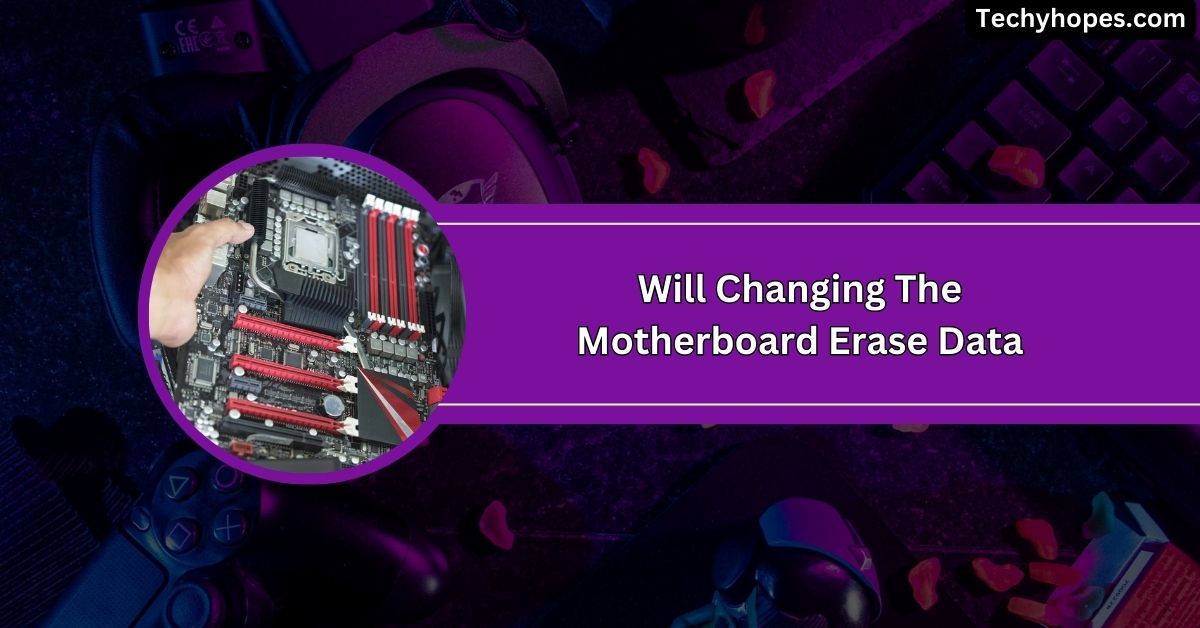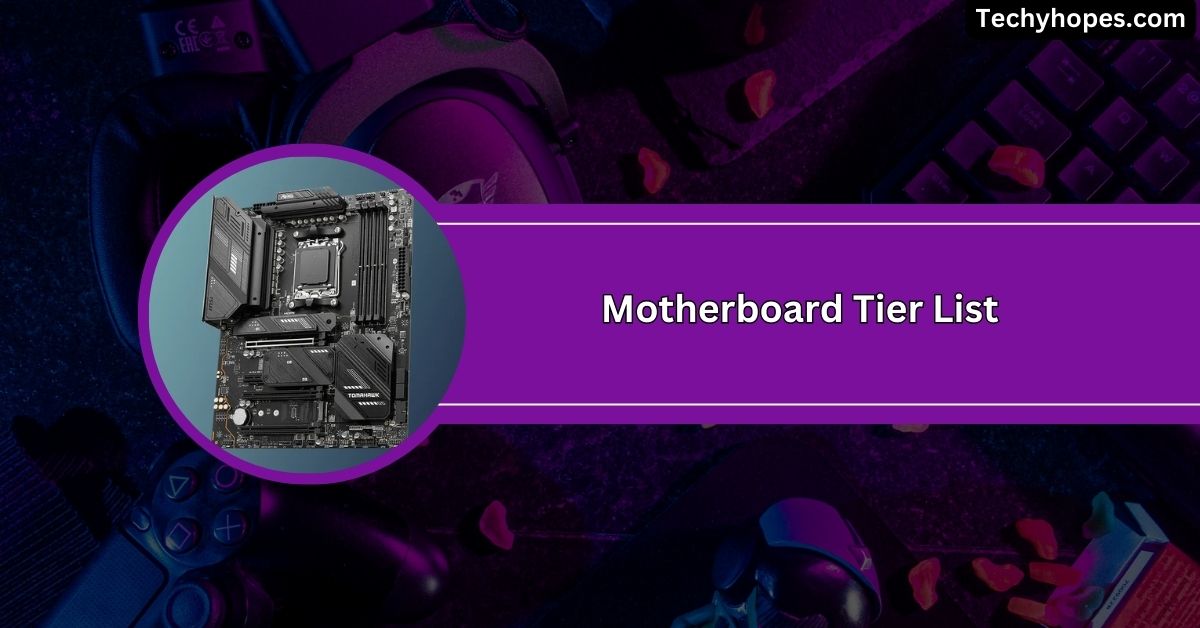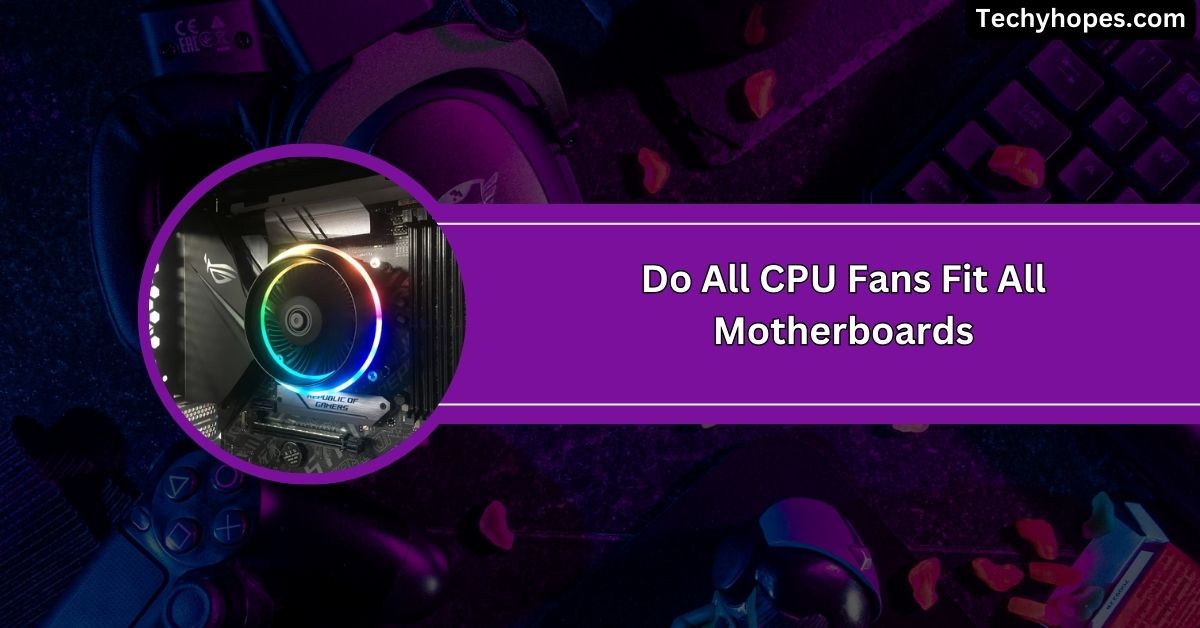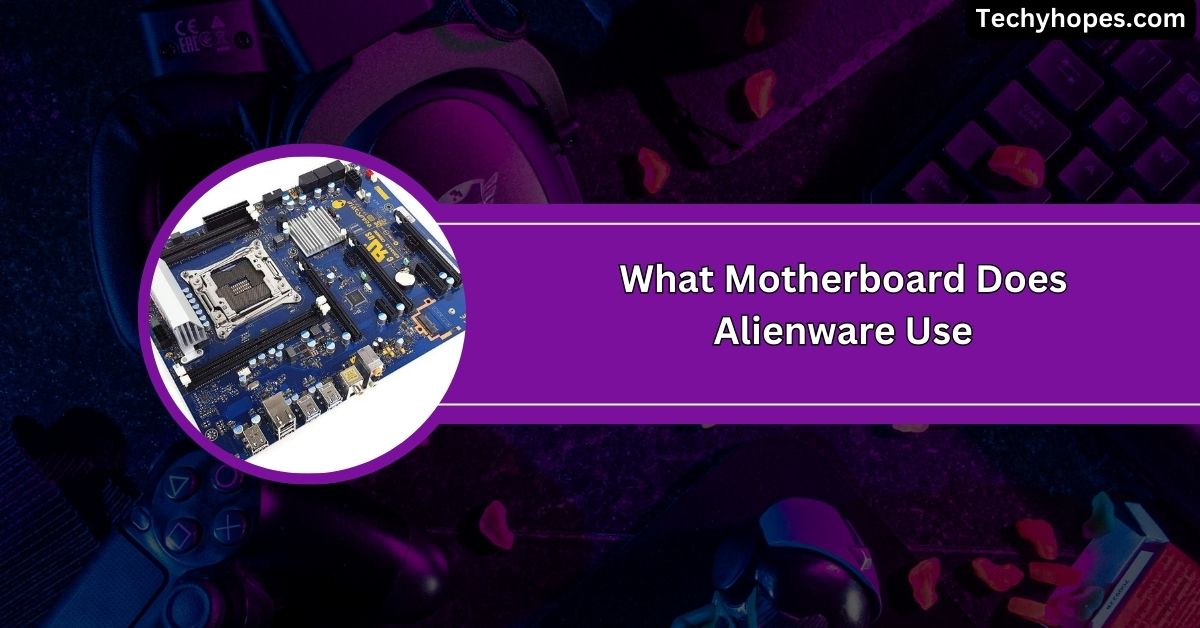Many wonder if motherboards have built-in graphics, but the simple answer is no—modern motherboards do not include a graphics processor. Instead, integrated graphics are now built into the CPU.
Modern motherboards do not have integrated graphics. The CPU now handles graphics processing. However, some gaming motherboards may feature Intel integrated graphics for basic tasks, but most require a dedicated GPU for performance.
This guide will explain everything about motherboards and integrated graphics in easy-to-understand terms!
Introduction to Integrated Graphics
Integrated graphics, or iGPU, is a built-in graphics processor inside the CPU. It helps display visuals on your screen without needing a separate graphics card.
These graphics use the system’s RAM to process images and videos. They are great for everyday tasks like web browsing, watching videos, and light gaming.
Modern integrated graphics are more powerful, supporting 4K video and multiple monitors. They also save energy, making them perfect for laptops and budget-friendly PCs. While they are less potent than dedicated GPUs, they are a reliable and cost-effective solution for most users.
Introduction to Dedicated Graphics

A dedicated graphics card (GPU) is a separate hardware component for high-performance visuals. Unlike integrated graphics, it has its own VRAM (Video RAM), which makes it much faster and more powerful.
Dedicated GPUs are ideal for gaming, video editing, 3D rendering, and professional design work. They deliver smooth gameplay, handle complex visual effects, and improve performance.
However, they consume more power and require better cooling. Popular GPUs include NVIDIA GeForce RTX and AMD Radeon RX series. If you want the best graphics performance, a dedicated GPU is the way to go!
Importance of Integrated Graphics
Even though dedicated GPUs are powerful, integrated graphics still play an essential role. They allow computers to display visuals without needing an extra graphics card.
This is helpful for budget users, office setups, and laptops. Integrated graphics consume less power, reducing heat and increasing laptop battery life. They also serve as a backup option if a dedicated GPU fails.
With recent advancements, integrated graphics can handle 4K video, multiple displays, and even some games. If you don’t need heavy graphics performance, integrated graphics are an innovative and cost-effective choice for everyday use.
Are Integrated Graphics Present on a Motherboard?
No, modern motherboards do not have built-in graphics. Some motherboards had integrated graphics in the past, but today, the graphics unit is part of the CPU (processor) instead.
If your CPU has integrated graphics, your motherboard can display visuals through HDMI or VGA ports. However, if your CPU lacks integrated graphics, your motherboard cannot output video unless you install a dedicated graphics card.
So, while motherboards help connect the display, they don’t process graphics independently anymore. Always check your CPU specs to know if it has integrated graphics.
1. Checking if a Motherboard has an Integrated Graphics Unit
Want to know if your motherboard supports integrated graphics? It’s easy to check! Look at the display ports on your motherboard—if you see HDMI, VGA, or DisplayPort, the motherboard can use integrated graphics, but only if the CPU has them.
Another way is through Device Manager (Windows)—if you see “Intel UHD” or “AMD Radeon Graphics,” your system has integrated graphics.
You can also check your CPU specifications online. If your CPU doesn’t have an iGPU, your motherboard won’t display anything unless you install a dedicated graphics card.
2. Motherboards with Integrated Graphics
Older motherboards used to have built-in graphics chips, but that’s no longer the case today. Now, integrated graphics come from the CPU.
However, some older AMD and Intel motherboards, such as AMD’s Radeon Xpress 200 and Intel’s H310 chipset, had onboard graphics. The last AMD motherboard with integrated graphics was the AMD 890GX, and Intel stopped making them with the Z590 chipset.
Today, both Intel and AMD rely on processor-based graphics instead. If you need integrated graphics, ensure your CPU includes an iGPU—otherwise, you’ll need a dedicated graphics card to get a display output.
Best Motherboard With Integrated Graphics

Modern motherboards don’t have built-in graphics, but they support integrated graphics from the CPU. If you want great performance, choose motherboards with strong iGPU support, like the ASUS Prime B550M-A (for AMD) or MSI PRO B760M-A (for Intel). Ensure your CPU has integrated graphics, or you’ll need a dedicated graphics card!
Do Cpus Have Integrated Graphics
Some CPUs have built-in graphics (iGPU), while others don’t. Intel’s non-F series (e.g., i5-13600K) and AMD’s G-series (e.g., Ryzen 5 5600G) have integrated graphics.
However, many high-performance CPUs, like AMD’s Ryzen 7 5800X and Intel’s KF models, do not include an iGPU, meaning you’ll need a dedicated graphics card to get a display.
Motherboard Onboard Graphics Not Working
If your motherboard display isn’t working, first check if your CPU has integrated graphics—if not, you need a dedicated GPU.
Ensure the display cable is plugged into the correct port, update graphics drivers, and enable iGPU in BIOS. If nothing works, resetting the CMOS battery or checking for motherboard issues might help fix the problem.
AMD Motherboard With Integrated Graphics
AMD motherboards do not have built-in graphics but support integrated graphics from specific CPUs. If you want integrated graphics, choose an AMD Ryzen G-series CPU like the Ryzen 5 5600G and pair it with a compatible B550 or A520 motherboard.
These setups provide good performance for casual gaming and daily tasks without needing a separate GPU.
Do All Cpus Have Integrated Graphics
No, not all CPUs have integrated graphics. Intel’s non-F models (e.g., i5-12600K) and AMD’s G-series (e.g., Ryzen 7 5700G) have iGPUs.
However, Intel KF models and most AMD Ryzen X-series CPUs do not include integrated graphics, meaning you’ll need a dedicated graphics card to get any display output. Always check your CPU specs before buying!
How to Tell If a Motherboard Has Onboard Graphics
Check the back of your motherboard for HDMI, VGA, or DisplayPort. The motherboard supports integrated graphics if these ports are present, but only if your CPU has an iGPU.
You can also check in Device Manager (Windows) under “Display Adapters” or check your CPU specifications online to confirm.
Integrated Graphics vs. Onboard Graphics
Integrated graphics are built inside the CPU, while onboard graphics were once constructed directly into the motherboard.
Modern motherboards no longer have onboard graphics—today, all graphics processing comes from either the CPU’s integrated graphics or a dedicated graphics card. This shift improves performance and power efficiency and upgrades user flexibility.
How to Switch to Onboard Graphics?
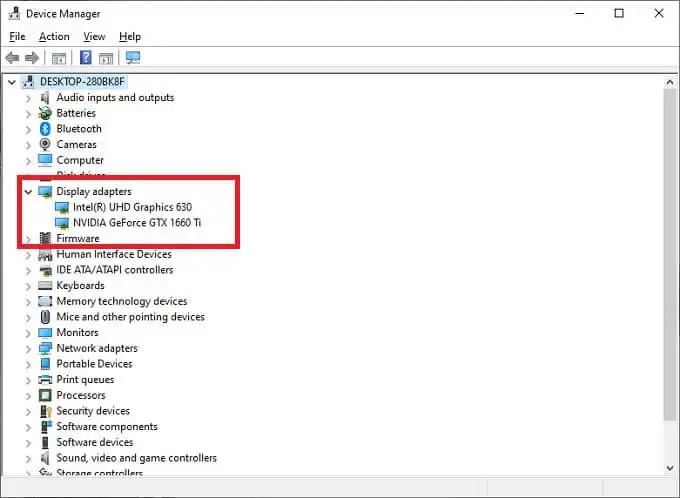
First, ensure your CPU has integrated graphics to switch to onboard graphics. Then, go to BIOS settings and enable iGPU or Internal Graphics. Connect your monitor cable to the motherboard’s HDMI/VGA port instead of the graphics card. Finally, update graphics drivers in Windows for the best display performance.
Do Motherboards Still Come With Onboard Graphics?
No, modern motherboards do not have built-in graphics anymore. Instead, integrated graphics are included inside the CPU.
If your CPU has an iGPU, the motherboard will support it through display ports. If your CPU doesn’t have integrated graphics, you’ll need a dedicated graphics card for display output.
Which Motherboards Have Some of the Best Integrated GPU Support?
Motherboards don’t have built-in GPUs, but some support powerful integrated graphics from CPUs. For Intel, the MSI PRO B760M-A is a great choice.
For AMD, the ASUS Prime B550M-A works well with Ryzen G-series CPUs. Pairing these with a strong iGPU CPU ensures good performance for everyday use.
Do Most Motherboards Have a Built-In Video Card?
No, modern motherboards do not have a built-in video card. Instead, video processing is handled by integrated graphics from the CPU or a dedicated GPU.
If your CPU lacks integrated graphics, your motherboard’s display ports won’t work, and you’ll need to install a separate graphics card for video output.
Meaning of “Integrated” Graphics on a Motherboard
“Integrated graphics” means the graphics processor is built into the CPU, not the motherboard. It allows a computer to display images without a separate graphics card.
Integrated graphics share system memory, making them power-efficient but less powerful than dedicated GPUs. They are great for basic tasks and light gaming.
When Did Motherboards Stop Coming With Onboard Graphics?
Motherboards stopped including onboard graphics in the early 2010s when CPU manufacturers like Intel and AMD moved integrated graphics to the processor.
Intel’s H310 and AMD’s 890GX were the last major onboard graphics motherboards. All graphics processing happens today through the CPU’s integrated GPU or a dedicated graphics card.
What Is the Use for a Built-in Graphics Card on a “Gaming” Motherboard?
Gaming motherboards don’t have built-in graphics, but they support CPU-integrated graphics. These are useful for basic tasks, troubleshooting, and low-power use when a dedicated GPU isn’t needed.
Some gaming motherboards also allow hybrid GPU setups, where integrated and dedicated graphics work together for better performance and power efficiency.
FAQs
1. Does a Motherboard Come With Integrated Graphics?
No, modern motherboards don’t have built-in graphics. Instead, integrated graphics come from the CPU. If your CPU has no iGPU, you’ll need a dedicated GPU.
2. Is It Bad If Your CPU Doesn’t Have Integrated Graphics?
Not always! If you have a dedicated GPU, you won’t need integrated graphics. But without one, your PC won’t display anything without a graphics card.
3. Are Integrated Onboard Graphics Good?
Yes, for basic tasks like web browsing, video streaming, and office work. However, they struggle with high-end gaming, video editing, and heavy 3D applications.
4. How Do I Know If My Computer Is Using Integrated Graphics or GPU?
Open Task Manager → Performance → GPU. If it shows Intel UHD/AMD Radeon Graphics, you’re using integrated graphics; if it shows NVIDIA/AMD, you’re using a dedicated GPU.
5. How Do I Turn On Integrated Graphics on My Motherboard?
Go to BIOS settings, enable iGPU, save changes, and restart. Then, connect your monitor to the motherboard’s HDMI/VGA port, not the GPU port.
Conclusion
In summary, modern motherboards no longer have integrated graphics. Instead, graphics processing is now handled by the CPU. If your CPU has integrated graphics, you can use your motherboard’s display ports for visuals. A dedicated GPU is often required for gaming and high-performance tasks. Always check your CPU specs for integrated graphics support.


